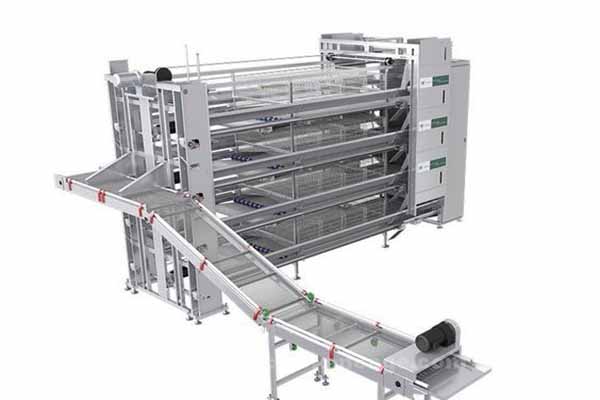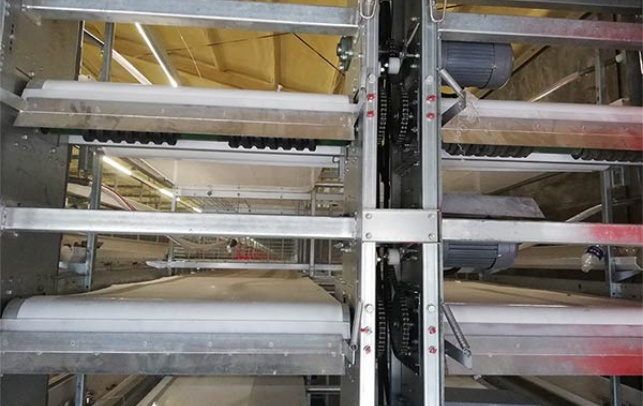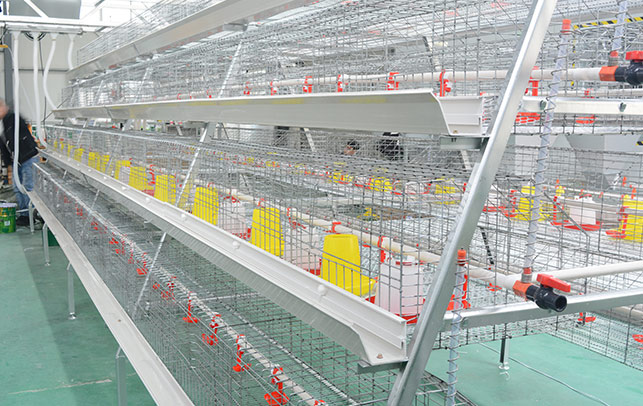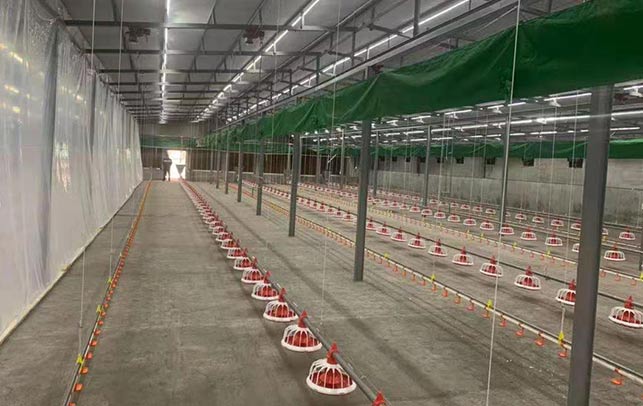How to Set the Lighting Time in Kenya Chicken Farm: A Guide from Livi Mechanical Equipment
Time : 2025-07-26
As a leading poultry equipment manufacturer from China, Livi Mechanical Equipment understands the importance of efficient lighting management in a chicken farm. Proper lighting not only ensures the health and well-being of your chickens but also maximizes production output. In this article, we’ll delve into how to set the lighting time in a Kenya chicken farm, offering practical advice and insights that will help you optimize your poultry farming operations.
Understanding the Importance of Lighting in Chicken Farms
Lighting is a critical component of poultry farming, especially in the context of laying hens. It plays a vital role in regulating the reproductive cycle and overall health of the chickens. In Kenya, where poultry farming is a significant sector of the agricultural industry, getting the lighting right can mean the difference between a successful farm and one that struggles to maintain profitability.
Setting the Right Lighting Schedule
1. Understanding the Photoperiod
The photoperiod is the length of time chickens are exposed to light. It directly influences the chickens’ production of eggs and the health of the flock. In Kenya, the natural photoperiod can vary depending on the season and location, which means you’ll need to adjust the artificial lighting accordingly.
2. The Basic Lighting Schedule
For laying hens, a standard lighting schedule usually involves a 16-hour photoperiod during the laying cycle. This means that for 16 hours a day, the chickens will be exposed to artificial light, and for the remaining 8 hours, they will be in darkness.
3. Adjusting the Lighting Time
To set the lighting time in your Kenya chicken farm, follow these steps:
– Start with the Natural Light: Initially, use natural sunlight to light your chicken house as much as possible. This will reduce the need for artificial lighting and save on energy costs.
– Measure the Natural Photoperiod: Determine the natural photoperiod in your region by measuring the length of daylight hours. In Kenya, this can vary from 10 to 14 hours depending on the time of year.
– Calculate the Artificial Light Requirement: Subtract the natural photoperiod from the desired 16-hour photoperiod to find out how many hours of artificial light you need to add. For example, if the natural photoperiod is 12 hours, you will need to provide an additional 4 hours of artificial light.
– Install and Schedule Lights: Install lighting fixtures in your chicken house and set them to turn on at sunrise and off at sunset, or manually adjust the lights to reach the desired 16-hour photoperiod.
Factors to Consider When Setting Lighting Time
– Chickens’ Age: Younger chickens have different light requirements than mature laying hens. Adjust the lighting schedule as the chickens grow.
– Breeding Hens: Breeding hens may require different lighting schedules to ensure proper reproductive health.
– Seasonal Changes: As the seasons change, adjust the lighting time to match the natural photoperiod.
– Health and Welfare: Excessive or insufficient lighting can stress chickens and impact their health. Always consider their well-being when setting the lighting time.
Lighting Equipment for Your Kenya Chicken Farm
At Livi Mechanical Equipment, we offer a range of high-quality poultry equipment that can help you manage lighting efficiently. Here are some key considerations when selecting lighting equipment for your chicken farm:
– LED Lighting: LED lights are energy-efficient and provide a warm, natural light that is beneficial for chickens.
– Timers: Automated timers can help you maintain a consistent lighting schedule without the need for constant monitoring.
– Dimmers: If you need to adjust the light intensity, a dimmer switch can be a useful feature.
Conclusion
Proper lighting is a cornerstone of successful poultry farming in Kenya. By following the steps outlined in this guide and using high-quality poultry equipment from Livi Mechanical Equipment, you can create an optimal environment for your chickens, ensuring maximum production and health.
Remember, the key to successful lighting management is consistency and observation. Keep an eye on your chickens’ behavior and egg production to fine-tune your lighting schedule for the best results.












